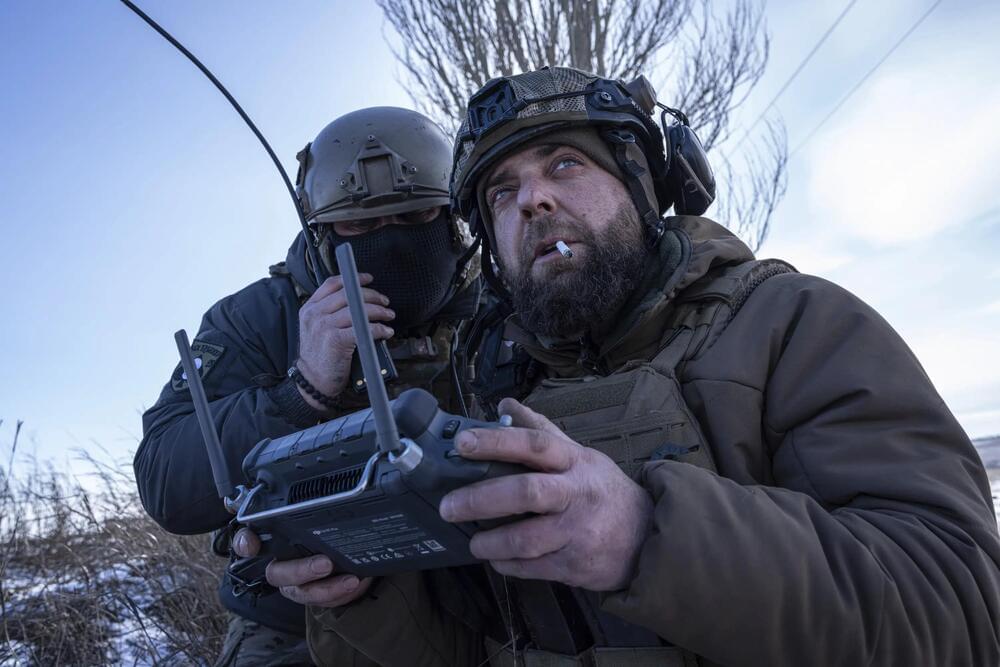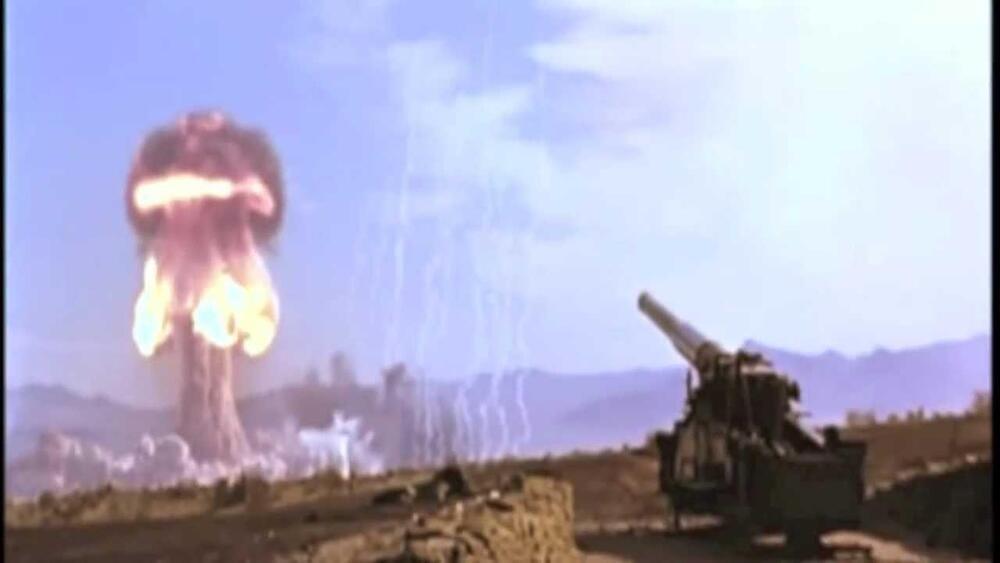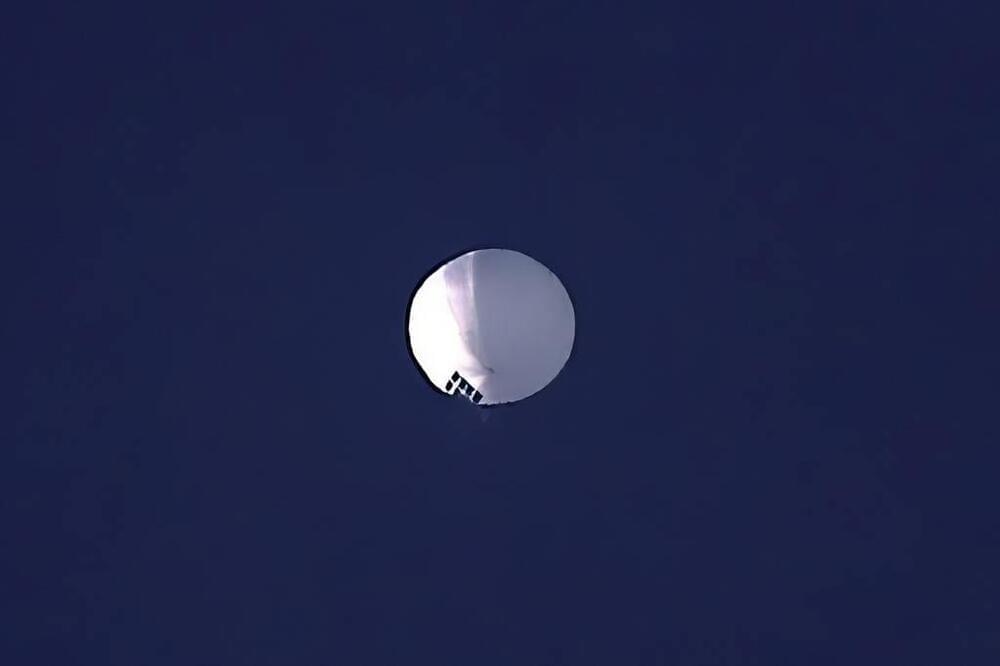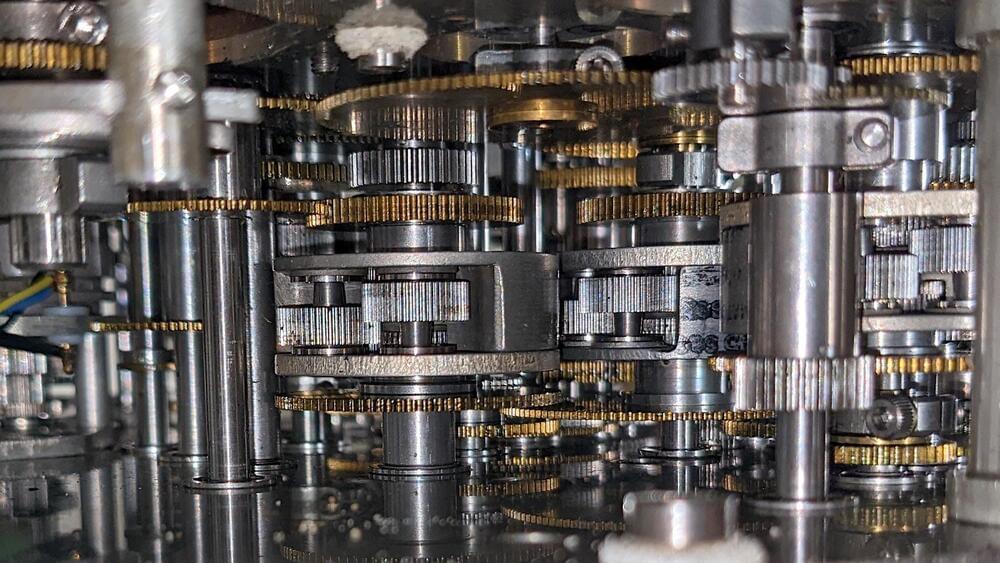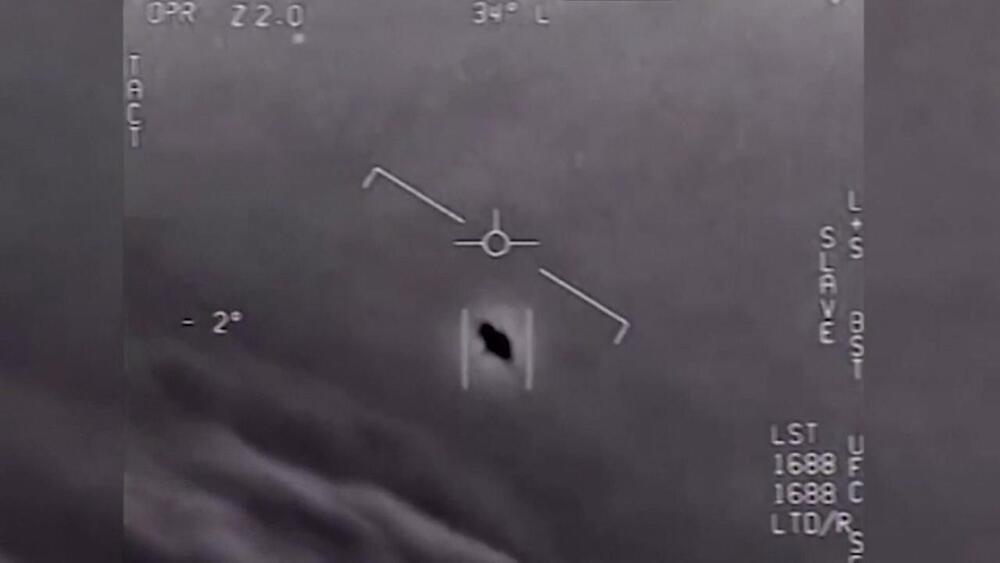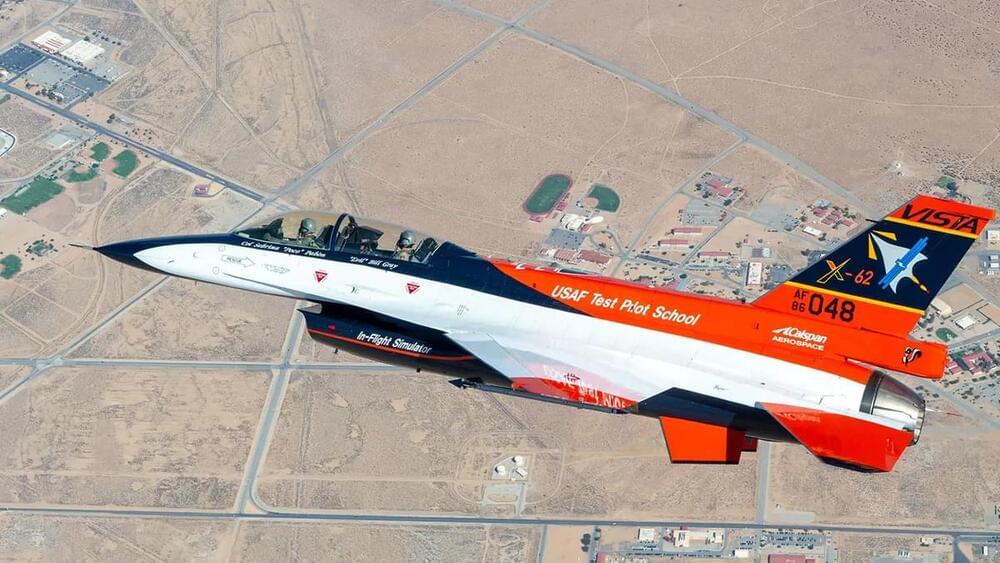Feb 17, 2023
US launches artificial intelligence military use initiative
Posted by Dan Kummer in categories: military, robotics/AI
THE HAGUE, Netherlands (AP) — The United States launched an initiative Thursday promoting international cooperation on the responsible use of artificial intelligence and autonomous weapons by militaries, seeking to impose order on an emerging technology that has the potential to change the way war is waged.
“As a rapidly changing technology, we have an obligation to create strong norms of responsible behavior concerning military uses of AI and in a way that keeps in mind that applications of AI by militaries will undoubtedly change in the coming years,” Bonnie Jenkins, the State Department’s under secretary for arms control and international security, said.
She said the U.S. political declaration, which contains non-legally binding guidelines outlining best practices for responsible military use of AI, “can be a focal point for international cooperation.”
